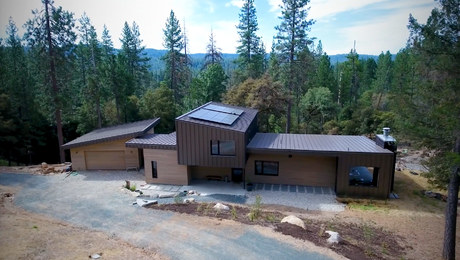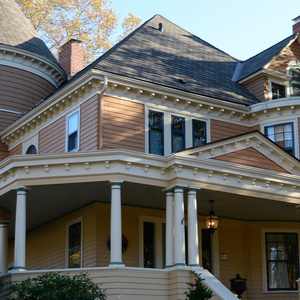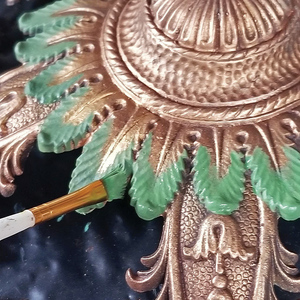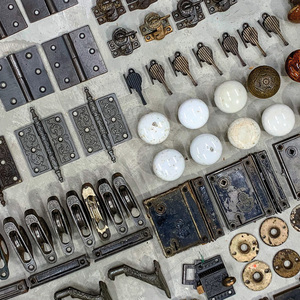*
I am considering using soapstone as a kitchen counter top and am curious about comments from those who know. Cost, durability, ease of care, etc. In addition, living in Nothern California, where can I get info?
Discussion Forum
Discussion Forum
Up Next
Video Shorts
Featured Story

Simple air-sealing measures and spray-applied sealant lower energy bills and increase comfort without the need to tear the house apart.
Highlights
Fine Homebuilding Magazine
- Home Group
- Antique Trader
- Arts & Crafts Homes
- Bank Note Reporter
- Cabin Life
- Cuisine at Home
- Fine Gardening
- Fine Woodworking
- Green Building Advisor
- Garden Gate
- Horticulture
- Keep Craft Alive
- Log Home Living
- Military Trader/Vehicles
- Numismatic News
- Numismaster
- Old Cars Weekly
- Old House Journal
- Period Homes
- Popular Woodworking
- Script
- ShopNotes
- Sports Collectors Digest
- Threads
- Timber Home Living
- Traditional Building
- Woodsmith
- World Coin News
- Writer's Digest


















Replies
*
I am considering using soapstone as a kitchen counter top and am curious about comments from those who know. Cost, durability, ease of care, etc. In addition, living in Nothern California, where can I get info?
*
What is commonly called 'soapstone' is actually known as serpentine. This is a very fine-grained silicate. The mineral, usually in a sheet structure, is fibrous and quite similar to asbestos. (Asbestos is Chrysotile Serpentine) The bonds between the sheets are weak, therefore it is characterized by platy cleavage.
The hardness of 'soapstone' is comparable to talc. It's durability--resistance to abrasion--is moderate, so no knife cutting on the countertop. It is decomposed by hydrochloric and sulfuric acids. However, I have seen some forms of this mineral used as countertops in laboratories.
As for use in a residential kitchen; I'd think it would be alright as long as some type of sealer would be used, primarily to prevent fibers from becoming airborne. I'm not at all certain that an off-the-shelf stone sealer would be adequate.
Also, during installation, use caution in cutting and handling to avoid inhalation of fibers.
Once installed, I'd think it easy to care for. A very hot pan, etc., in contact with the soapstone could cause a whitish spot to appear, possibly in the form of a ring, underneath the pan. This would be impossible for you to remove, as the 'burn mark' would extend deep into the stone.
As for where this is available, you might try a stone slab distributor, or a scientific instrument supply house.